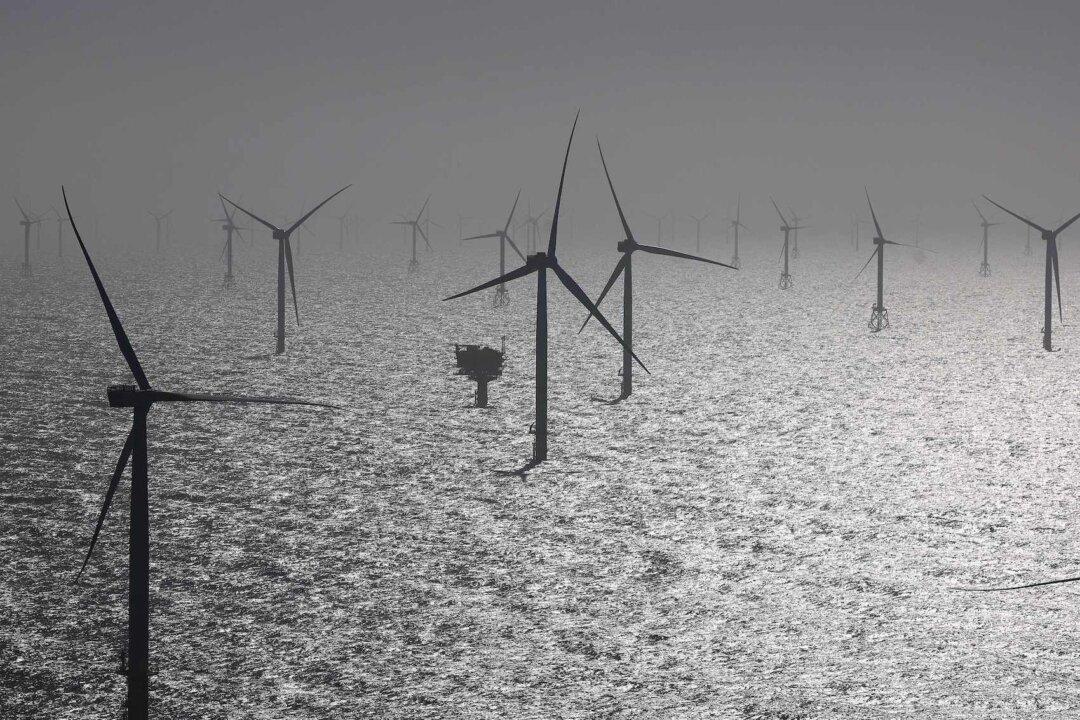Feasibility licences have been granted for several wind farm projects to get underway off Victoria’s coast as part of the state’s energy transition away from coal-fired power stations.
So far, licences have been granted to six projects, namely the Star of the South, High Sea Wind, Gippsland Skies, Blue Mackerel North, Kut-Wut Brataualung, and Orsted’s Gippsland.
The new zone is expected to produce 2.9 gigawatts (GW) which is enough to provide power to 2,000 Victorian households, but is significantly lower than an earlier estimate of 14.6GW.
The government is aiming for an increase to 4GW by 2925, and 9 GW by 2040.
“Even just some of that potential will make a substantial contribution to filling the gap left by coal in Victoria and across the NEM (national electricity market),” Mr. Bowen said.
The next step for these developers is to obtain a commercial licence for the building and operation of the farm—another process that can take up to seven years.
The announcement comes after an area of the Bass Strait off Gippsland was announced in December 2022 as the first zone that would be utilised by wind farming.
Offshore wind farms utilise undersea cables to harness and transport energy generated by multiple sea-based wind turbines to a grid. These turbines are much larger than their onshore counterparts to capture the stronger and more consistent offshore winds.
Mr. Bowen said the projects would be “energy rich and jobs rich,” with the potential for 15,000 new construction jobs half as many for ongoing work.
“That’s why major Australian energy users—from Alcoa in Portland to Bluescope in the Illawarra, to Tomago in the Hunter—say that offshore wind is vital to their energy future,” he said.

Joint Victoria-South Australia Tender
A Victoria-South Australia tender to provide an additional 600MW of capacity by 2030 was also put out for tender, under the Capacity Investment scheme.Under the scheme, renewable projects must be located in South Australia or Victoria; have a minimum storage duration of two hours and a minimum capacity of 30MW and aim to deliver “clean, dispatchable capacity to the electricity grid before the end of 2027.”
Mr. Bowen said an overwhelming subscription of bidders showed “exceptionally strong investment appetite plus industry confidence” in the scheme.
Selected projects will get a guarantee of government investment.
Environmental Impact of Wind Zones
In March, a planned offshore wind zone off Victoria’s coast was approved at only one-fifth of the size originally planned after community groups and environmental lobbyists voiced their concerns about the impact on marine life.The 1,030 square kilometres (397 square miles) wind zone will be located 20 kilometres off the Western Victoria coast at Warrnambool and Port Fairy.
The South Australian government, however, was not sold on the idea of the power generated by the grid being used exclusively in Victoria.
They also held concerns about the impact on their rock lobster industry, and the objections resulted in the area being reduced.







